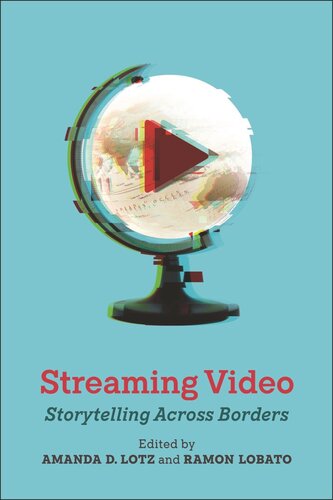

Most ebook files are in PDF format, so you can easily read them using various software such as Foxit Reader or directly on the Google Chrome browser.
Some ebook files are released by publishers in other formats such as .awz, .mobi, .epub, .fb2, etc. You may need to install specific software to read these formats on mobile/PC, such as Calibre.
Please read the tutorial at this link: https://ebookbell.com/faq
We offer FREE conversion to the popular formats you request; however, this may take some time. Therefore, right after payment, please email us, and we will try to provide the service as quickly as possible.
For some exceptional file formats or broken links (if any), please refrain from opening any disputes. Instead, email us first, and we will try to assist within a maximum of 6 hours.
EbookBell Team

4.0
36 reviewsAn international team of experts explores how streaming services are disrupting traditional storytelling.
The rise of streaming has dramatically transformed how audiences consume media. Over the last decade, subscription video-on-demand (SVOD) services, including Netflix, Prime Video, and Disney+, have begun commissioning and financing their own original movies and TV shows, changing the way and the rate at which content is produced across the globe, from Mexico City to Mumbai.
Streaming Video maps this international production boom and what it means for producers, audiences, and storytellers. Through eighteen richly textured case studies, ranging from original Korean dramas on Netflix to BluTV’s experimental Turkish series, the book investigates how streaming services both disrupt and maintain storytelling traditions in specific national contexts. To what extent, and how, are streamers expanding norms of television and film storytelling in different parts of the world? Are streamers enabling the creation of content that would not otherwise exist? What are the implications for different viewers, in different countries, with different tastes? Together, the chapters critically assess the impacts of streaming on twenty-first century audiovisual storytelling and rethink established understandings of transnational screen flows.